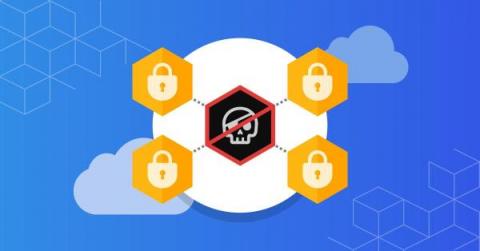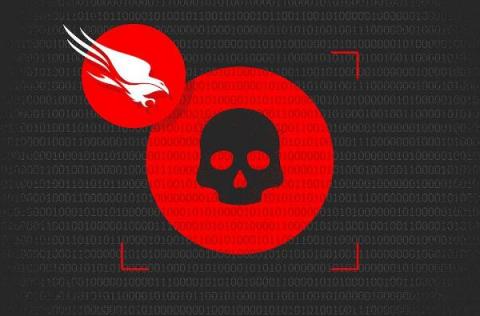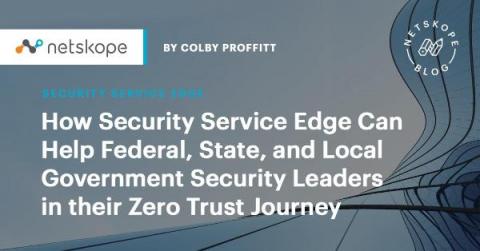Security | Threat Detection | Cyberattacks | DevSecOps | Compliance
Zero Trust
Zero-trust for cloud-native workloads
There has been a huge uptick in microservices adoption in the data analytics domain, primarily aided by machine learning (ML) and artificial intelligence (AI) projects. Some of the reasons why containers are popular among ML developers is the ease of portability, scalability, and quick access to data using services—specifically network services. The rise of cloud-native applications, especially for big data in the analytics sector, makes these applications a prime target for cyber crime.
CrowdStrike and Cloud Security Alliance Collaborate to Enable Pervasive Zero Trust
The security problems that plague organizations today actually haven’t changed much in 30 years. Weak and shared passwords, misconfigurations and vulnerabilities are problems that have tormented the industry for years and persist to this day. What’s changed is the speed and sophistication at which today’s adversary can weaponize these weaknesses.
Introducing Zero Trust Data Security
How Security Service Edge (SSE) Can Help Federal, State, and Local Government Security Leaders in Their Zero Trust Journey
The federal government continues to make progress towards Zero Trust (ZT) adoption. On May 12, 2021, President Biden signed Executive Order 14028 to improve the nation’s cybersecurity and protect federal government networks and on January 26, 2022, the Office of Management and Budget (OMB) released a Federal strategy to move the U.S. Government toward a Zero Trust approach to cybersecurity.
Enabling Zero Trust for Your Mobile Devices
How to secure microservices in a Zero-Trust environment
Microservices architecture is a convenient way to silo different software services compared to traditional software architecture and design. However, with multiple microservices communicating amongst each other - the attack surface of the network is greatly increased. The security of such a system depends on the security of all the services. Any deviation in the system’s security ultimately undermines the integrity of the entire network.
Zero Trust for State and Local Government
How to meet OMB's Zero Trust Strategy goals for IT, IoT and OT Devices
On Jan. 26, the Office of Management and Budget (OMB) published its widely anticipated final version of its zero trust architecture strategy, identifying top cybersecurity priorities for the federal government. This achievement raises the country’s cyber defense strategy to a level commensurate with the “increasingly sophisticated and persistent threat campaigns” it faces.
Understanding Data Context and Successful Zero Trust Implementations in 5 Scenarios
The nature of business today is increasingly decentralized. Cloud applications are exploding. Data is everywhere. And a large number of users will continue to work remotely even post-COVID-19. While all of these things increase business agility, they also increase an organization’s attack surface. The concept of Zero Trust is generating a lot of buzz as a panacea for these new risk exposures—and for good reason.











